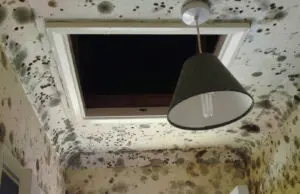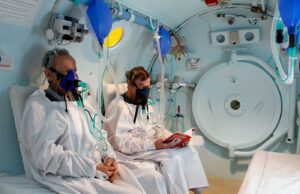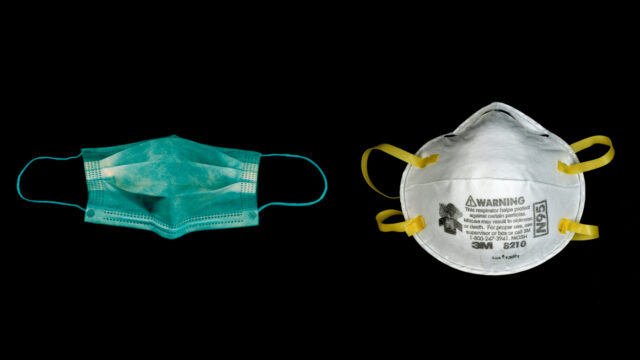
A little more than a year ago, different face masks were only used by individuals whose jobs required them to wear these protective covers. However, with the global outbreak of the Coronavirus, a wide range of face covers became an everyday accessory for millions of people worldwide, which is why it might be hard for you to choose what you need to purchase and use.
This is why you might now be wondering – is it better to get a surgical mask or an N95 respirator? Fortunately for all people looking for an answer to this question, you’ll be able to find it in the article below. Let’s take a closer look at a comparison between these two options:
1. The Testing And Approval
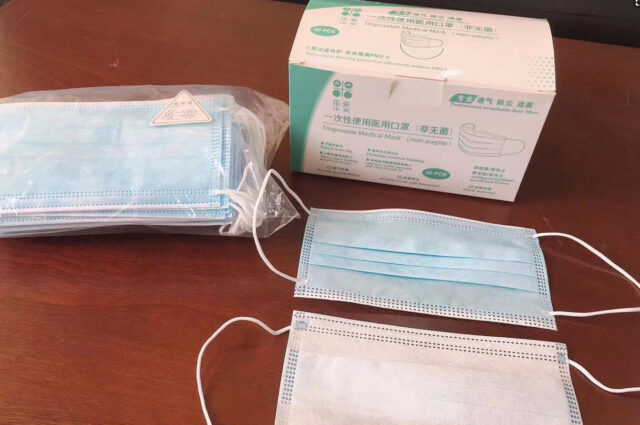
Surgical Masks: in most cases, we only saw these protecting masks on surgeons and doctors, however, nowadays, they are the most popular option when it comes to defending yourself from the COVID-19 virus. You should know that they were tested, approved, as well as cleared by the United States Food And Drug Administration, also commonly known as FDA.
N95 Respirators: since these are better at protecting people due to their complex design, they were evaluated, tested, and approved by NIOSH. Why are they approved by NIOSH and not the FDA? Well, there are specific requirements that they must pass since they feature a filter.
2. How They Are Used And Their Purpose
Surgical Masks: this option will surely shield people from droplets and different, dangerous fluids, however, since they can get wet relatively quickly, people need to change them as often as they can. Besides shielding against droplets, it can also shield the person that someone is talking to.
N95 Respirators: when people put on this particular option, it’ll reduce their exposure to various particles, including small and large aerosols. They’re also fluid-resistant and they’ll shield from sprays or other bodily fluids. Keep in mind, they can only guard you against non-oil particles.
3. How They Fit
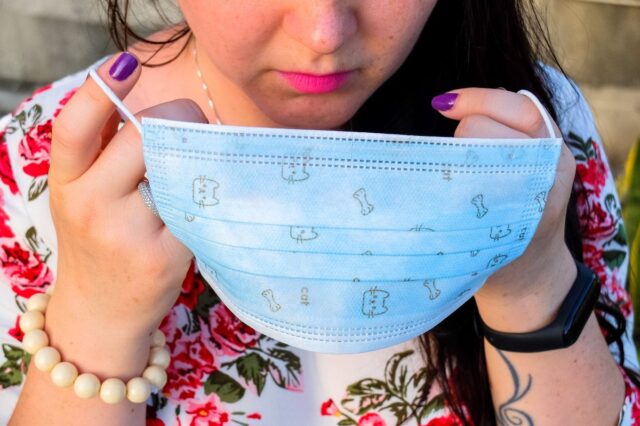
Surgical Masks: as you already know, in order to be completely safe, it needs to perfectly fit on the face, meaning that it needs to snug the cheeks, chin, and nose. However, traditional masks are loose-fitting, which means that they might not do the best job of defending the person.
N95 Respirators: on the other hand, these are tight-fitting, which means that they’ll snug the cheeks, nose, and chin of the person wearing it, hence, protecting them completely from absorbing dangerous aerosols and particles. Keep in mind, there are various options out there such as the ones featured on this website, hence, ensure that you do some digging and determine which one might suit you best.
4. Fit Testing And Requirements
Surgical Masks: when it comes to this option, it wasn’t fit tested. Why? Well, as you know, this option most commonly comes in one size, which means that almost all people can use it, with the exception of children. Children should not use these traditional covers since they might not snug around their noses and cheeks properly, hence, they might be left unsafe.
N95 Respirators: these have to be fit tested and there are specific requirements that they need to pass because of the filters they have. They come in a wide range of shapes, sizes, and designs, so if you choose this option, you’ll need to determine which one is suitable for you.
5. Seal Check Requirements
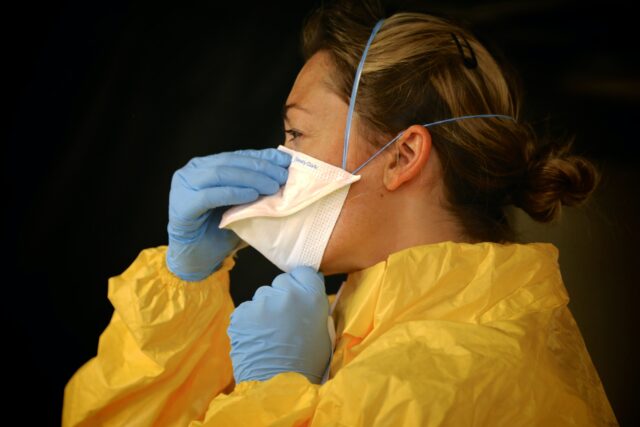
Surgical Masks: these face covers don’t feature any filters or additional features, which is why people don’t need to check whether or not it’s properly positioned when they place it on their face. However, this is a mistake that can have some serious consequences, meaning that people need to ensure that it snugs their face properly.
N95 Respirators: since they feature a filter that hinders over 95% of particles to enter the lungs of the person wearing them, people must ensure that they’re properly positioned on their face. In fact, they must ensure and check it every time that they put it on.
6. The Filters
Surgical Masks: we already mentioned that this option doesn’t feature any filters, which means that they won’t provide the person using it a reliable level of security when it comes to inhaling small airborne particles. Actually, these face covers are not considered to offer respiratory security.
N95 Respirators: since they feature a filter, it’ll successfully manage to filter out approximately 95 percent of airborne particles, no matter if they are smaller or larger. Hence, they’ll do a better job at protecting people from the Coronavirus, as well as other things such as polluted air.
7. The Leakage Levels
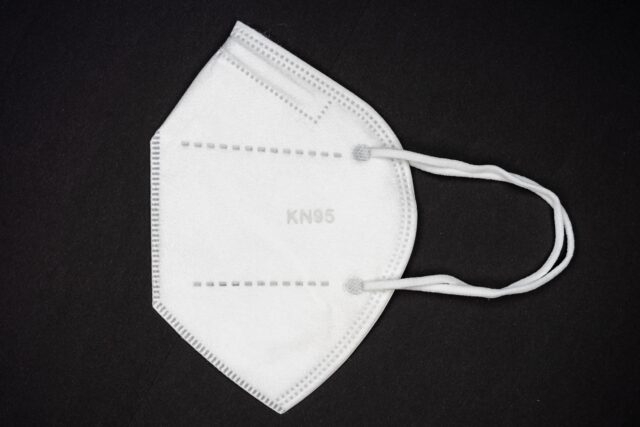
Surgical Masks: you have probably worn this type of face cover before, which is why you probably know that there is a lot of leakage around the edges of the masks when you inhale. Additionally, if you talk more than usual while wearing the mask, the front can also get soaked.
N95 Respirators: when the wearer properly positions and fits this option, there will be minimal leakage on the sides when the wearer inhales. Also, the front of the cover, in most cases, remain completely dry since they don’t come in direct contact with the nose, nor the mouth.
8. Reusability
Surgical Masks: unfortunately, people must use a new face cover after each time that they use it. This means that they cannot be washed, nor reused. If someone chooses to wear them more than once, they’ll be completely unprotected from the virus, as well as other airborne particles.
N95 Respirators: in the perfect situation, it should be disposed of after every use, however, it can be reused. However, if it gets damaged, loose, deformed, or if it no longer fits the face properly and tightly it must be discarded right away. Keep in mind, if it becomes difficult to breathe while it is on, you must put on a different one as well.
Conclusion
If you take another look at the article, you’ll determine that it might be best to wear an N95 respirator. When compared with traditional surgical masks, they’re tight-fitting, they can do a better job at protecting the wearer from dangerous fluids, and they also feature filters that are capable of catching at least 95% of airborne particles.
So, now that you’re aware of all the differences between the two options, you shouldn’t lose any more of your time. Instead, you should go through the article once more, determine which option might be suitable for you, and then start browsing from a face cover that will protect you from the Coronavirus.






